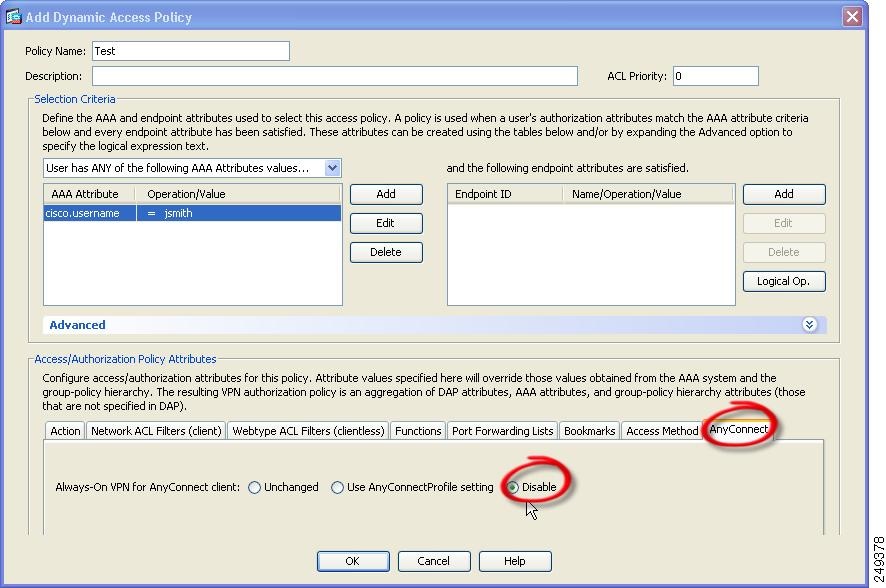Cisco Anyconnect Secure Mobility Client Installation Success Or Error Status 16

Feb 5, 2019 - Cisco AnyConnect Secure Mobility Client Administrator Guide, Release. If you have an AnyConnect install or uninstall failure, you need to collect. Termination reason code 27: Unable to successfully verify all routing. SVC message: t/s=3/16: Failed to fully establish a connection to the secure gateway. Cisco Bug: CSCuv87776 - NAM installation not sucessful on some workstations running Windows 10. Major lazer free the universe 320 rar full.
This page provides instructions on how to install and connect to the Cisco AnyConnect Secure Mobility client for Windows 7, Windows 8.1, and Windows 10 operating systems, including both 32- and 64-bit versions. The Cisco AnyConnect Secure Mobility client is a web-based VPN client that does not require user configuration. VPN, also called IP tunneling, is a secure method of accessing USC computing resources. Before Installing the Cisco AnyConnect Secure Mobility Client Installing the Latest Version of Java You will need to install the most recent version of the Java Runtime Environment before you will be able to successfully install the AnyConnect program. You can download this Java program at.
Adding VPN to Your Trusted Sites If you are using Internet Explorer to connect to VPN, you will also want to add VPN to your list of trusted sites. This will allow your browser to easily and securely communicate with VPN. To add VPN to the list of trusted sites: • From the Start menu, choose Control Panel. • From the Control Panel, choose Internet Options.
• Click the Security tab. • On the Security tab, choose the Trusted Sites zone. • In the Trusted Sites zone, click the Sites button. • In the Add this website to the zone field, type and then click Add.

• Go back to the Add this website to the zone field, type and then click Add. • Click Close on the Trusted Sites screen. • Click OK on the Security tab to complete. Installing and Connecting to the Cisco AnyConnect Secure Mobility Client • Point your browser to. • Enter your USC NetID username and password.
Your USC NetID username and password are the username and password you use to connect to services such as and Workday. • Choose the appropriate VPN Group Authentication Profile for your location from the GROUP pull-down menu. For information describing each of these authentication profiles, please see the page.
• Click Login. • Click the Start AnyConnect link on the upper-left side of your browser window to begin installing the AnyConnect Secure Mobility client.
If you receive the dialog box below, click Run to continue with the installation. • Once the installation is complete, you will be automatically connected to USC’s VPN. You should now see the icon, located in the system tray, that indicates connection. This icon, represented by the Cisco AnyConnect symbol and a gold lock, is circled in the image below. Disconnecting from the Cisco AnyConnect VPN client • Right-click the Cisco AnyConnect VPN Client icon in your system tray. • Select Open AnyConnect. • From the Cisco AnyConnect Secure Mobility Client screen, choose Disconnect.
Reconnecting to the Cisco AnyConnect Secure Mobility Client You can reconnect to the Cisco AnyConnect Secure Mobility client using two different methods: • Log in at, click Start AnyConnect. Or • From the Start menu: • Click All Programs. • Click the Cisco folder to open it. • Click the Cisco AnyConnect Secure Mobility Client folder to open it. You will see the Cisco AnyConnect Secure Mobility Client program in the folder. • Click the Cisco AnyConnect VPN Client. • On the Cisco AnyConnect Secure Mobility Client screen, click Connect.